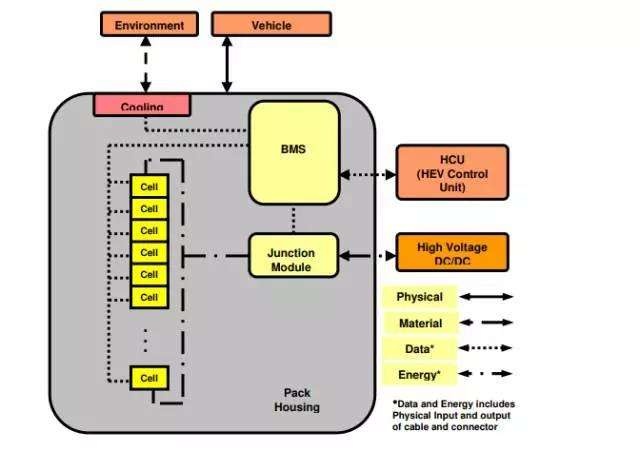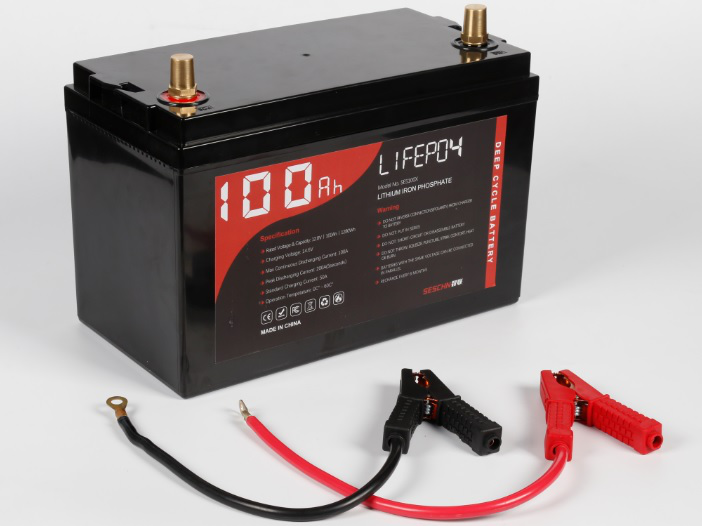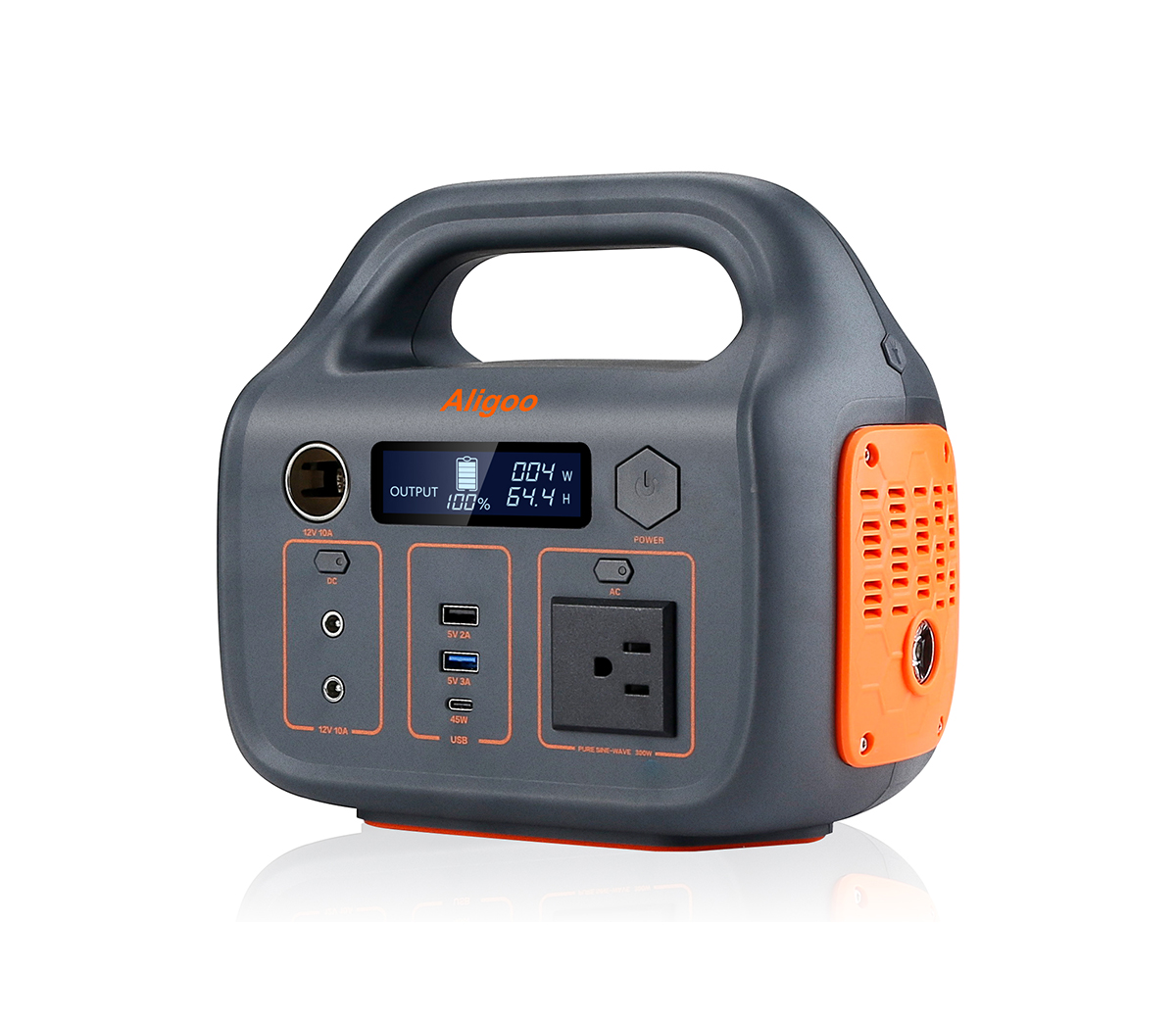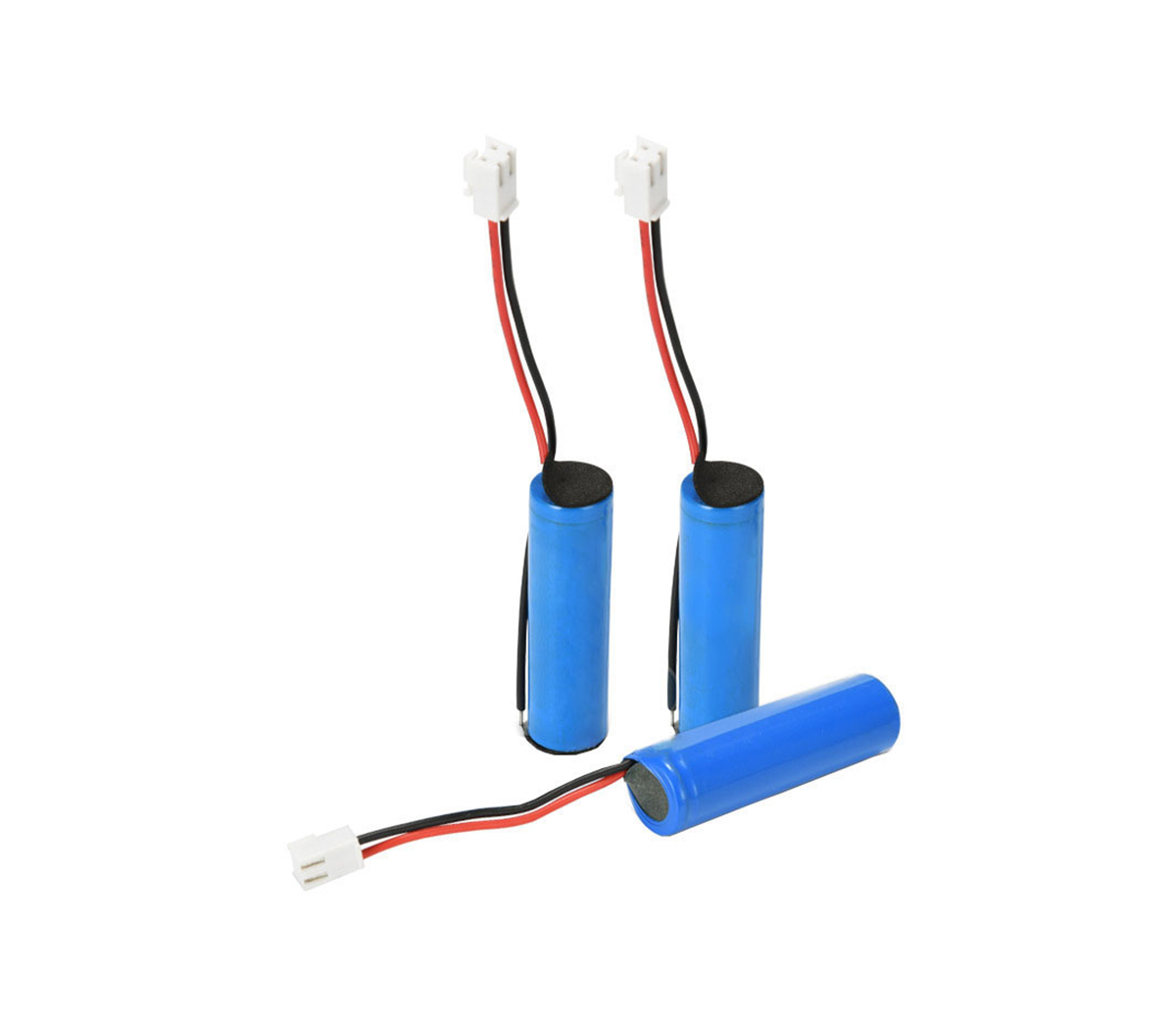What is the core technology of the battery management system (BMS)?
BMS is the core component of lithium batteries, especially energy storage
systems, electric vehicles and other products that need to be applied to
large-scale battery combinations. Its importance is beyond doubt.
Many BMS manufacturers on the market claim to have their own so-called core
technologies, and some new terms are constantly emerging, causing headaches for
R&D engineers. So, what is the core technology of the real BMS?

A: We must be clear that the BMS system usually includes a detection module
and a calculation control module.
Detection refers to measuring the voltage, current and temperature of the
battery cell and the voltage of the battery pack, and then transmitting these
signals to the computing module for processing and issuing instructions. So that
the computing control module is the brain of BMS. The control module generally
includes hardware, basic software, runtime environment (RTE) and application
software. The core part-application software.
The function of the software is generally divided into two parts: the
estimation algorithm of the battery state, the fault diagnosis and the
protection.
State estimation includes SOC (State of Charge), SOP (State Of Power), SOH
(State of Health), balance and thermal management. Battery state estimation is
usually to estimate SOC, SOP and SOH. SOC simply means how much power is left in
the battery; SOC is the most important parameter in BMS, because everything else
is based on SOC, so its accuracy and error correction capabilities are extremely
important. If there is no accurate SOC, no amount of protection function can
make the BMS work normally, because the battery will always be in a protected
state, and it will not be able to extend the life of the battery.
In addition, the estimation accuracy of SOC is also very important. The
higher the accuracy, the higher the cruising range for the same capacity
battery. Therefore, high-precision SOC estimation can effectively reduce the
required battery cost. For example, the Fiat 500e BEV of Chrysler can discharge
SOC=5% all the time. It became the electric car with the longest cruising range
at that time.
The accurate estimation of SOP can maximize the utilization efficiency of
the battery. For example, when braking, it can absorb as much energy as possible
without harming the battery. When accelerating, it can provide more power to
obtain greater acceleration without harming the battery. At the same time, it
can also ensure that the car will not lose power due to undervoltage or
overcurrent protection during driving, even when the SOC is very low.
In this way, the so-called primary protection and secondary protection are
incidental products in the face of precise SOP. Not that protection is not
important. Protection is always needed. But it cannot be the core technology of
BMS.
For low temperature, old batteries and very low SOC, accurate SOP
estimation is especially important. For example, for a group of well-balanced
battery packs, when the SOC is relatively high, the SOC difference between each
other may be very small, such as 1-2%. But when the SOC is very low, the voltage
of a certain cell will drop rapidly. The voltage of this battery cell is even
more than 1V lower than the voltage of other batteries. To ensure that the
voltage of each cell is not lower than the minimum voltage given by the battery
supplier, SOP must accurately estimate the maximum output power of the cell
whose voltage drops rapidly at the next moment to limit the use of the battery
and protect the battery.
The core of estimating SOP is to estimate each equivalent impedance of the
battery online in real time.
SOH refers to the state of health of the battery. It includes two parts:
changes in capacity and power. It is generally believed that when the capacity
decreases by 20% or the output power decreases by 25%, the battery life is
reached. However, this does not mean that the battery can no longer be used.
For a pure electric vehicle EV, capacity estimation is more important,
because it is directly related to the cruising range, and the power limit is
only important when the SOC is low. The requirement for SOH also requires both
high precision and error correction capability. And SOH without error correction
capability is meaningless. The accuracy is less than 20%, and it is
meaningless.
The estimation of SOH is also based on the estimation of SOC. So that the
SOC algorithm is the core of the algorithm.
The battery state estimation algorithm is the core of BMS. Everything else
serves this algorithm. So that when someone claims to have broken through or
mastered the core technology of BMS, one should ask him what exactly did BMS do?
Is it an algorithm or an active balance or only the hardware and underlying
software of the BMS? Or just propose a BMS structure?
Some people say that Tesla is great because its BMS can manage 7,104
batteries. Is this its power? Does it really manage 7104 batteries?
Tesla Model S does use 7104 batteries, but only 96 batteries are connected
in series, and the parallel connection can only be counted as one battery, no
matter how many batteries you connect in parallel. Why? Because the battery
packs of other companies only count the number of batteries in series instead of
the number in parallel.
Why is Tesla special? In fact, if you understand Tesla’s algorithm, you
will know that Tesla’s algorithm not only requires a large amount of working
condition data to calibrate, but also cannot guarantee that in any case,
especially Estimated accuracy after battery aging.
Of course, Tesla's algorithm is already at the top of the century. Ordinary
BMS algorithms almost always use current integration plus open circuit voltage
to calculate the initial SOC using open circuit voltage, and then use current
integration to calculate the change in SOC. The problem is that if the voltage
at the starting point is wrong, or the capacity is incorrect, don’t you have to
make a mistake to the end, and it will not be corrected until it is fully
charged again?
Will the voltage at the starting point go wrong? Experience tells us that
it will, although the probability is very low. If you want to be foolproof, you
can't just rely on the accurate voltage of the starting point to ensure that the
starting SOC is correct.
B: What kind of algorithm is a good algorithm?
From a control point of view, a good algorithm should have two criteria:
accuracy and error correction capability. The truth is that the higher the
accuracy, the better is the most obvious. Really doing well in the algorithm is
using online real-time estimation of open circuit voltage to achieve online
real-time error correction.
Why is the real-time online estimation emphasized here? What are its
benefits? All the equivalent parameters of the battery are estimated through
real-time online estimation, so as to accurately estimate the state of the
battery pack. Real-time online estimation greatly simplifies the calibration of
the battery. This makes it a reality to accurately control the state of the
battery pack with poor consistency. Real-time online estimation enables both new
batteries and aging batteries to maintain accuracy and robustness or
errorcorrection capability.
Some people often don't know what other people's algorithms are. When a
certain manufacturer produces certain parts of a BMS for a certain manufacturer,
they think that they have mastered the core technology of BMS. Such a statement
is not correct.
C: What are the characteristics of the best BMS in the world?
It can estimate the battery parameters of the battery pack online in real
time to accurately estimate the SOC, SOP, SOH of the battery pack, and can
correct the error or percentage of the initial SOC exceeding 10% and the error
or percentage of the ampere-hour capacity exceeding 20% in a short time A few
of the current measurement error.
When General Motors Corporation of the United States developed Volanda 6
years ago, it did an experiment to test the error correction ability of the
algorithm: remove one of the three battery packs connected in parallel, and at
this time the internal resistance increases by 1/3, When the capacity is reduced
by 1/3. But BMS does not know. As a result, SOC and SOP were all corrected in
less than 1 minute and SOH was then accurately estimated. This not only shows
the powerful error correction capability of the algorithm, but also shows that
the algorithm can always maintain the same estimation accuracy throughout the
battery life cycle.
For computers, if a blue screen appears, we generally only need to restart
the computer. However, for a car, even if the probability of breaking down is
only one in ten thousand, it is intolerable. Therefore, unlike publishing
articles, automotive electronics needs to ensure that it can work under any
circumstances.
To make a good algorithm requires a lot of energy to solve those situations
where the probability of occurrence is only one in a thousand or one in ten
thousand. Only in this way can it be guaranteed to be foolproof. The precise
mathematical model is the diffusion equation described in the textbook. But it
cannot be used in the car because the computational complexity of the numerical
solution is too large. The CPU computing power of the BMS is not enough. This is
not only an engineering problem, but also a math and physics problem. Solving
such technical problems can resolve almost all known polarization problems that
affect battery state estimation.
D: The state estimation technology of BMS is the core technology of
BMS.
Although 6 years have passed, there is still no supplier in the world that
can achieve such high accuracy and high error correction ability to ensure the
foolproof operation of the battery.
Even Tesla is unable to achieve perfect estimation technology. Because
Tesla's algorithm cannot guarantee the accuracy and error correction ability of
the battery after aging. Otherwise, why would there be so many Tesla cars in
need of emergency rescue?
Only algorithms that can guarantee high accuracy and high error correction
capabilities are the core technology of BMS!

Lithium-ion battery (LIB) has become the main energy storage solution in
modern social life. Among them, lithium iron phosphate batteries are a perfect
replacement for lead-acid batteries, and they are the first choice for
grid-connected peak shaving, off-grid energy storage, photovoltaic energy
storage, UPS, data center and other industries.




































